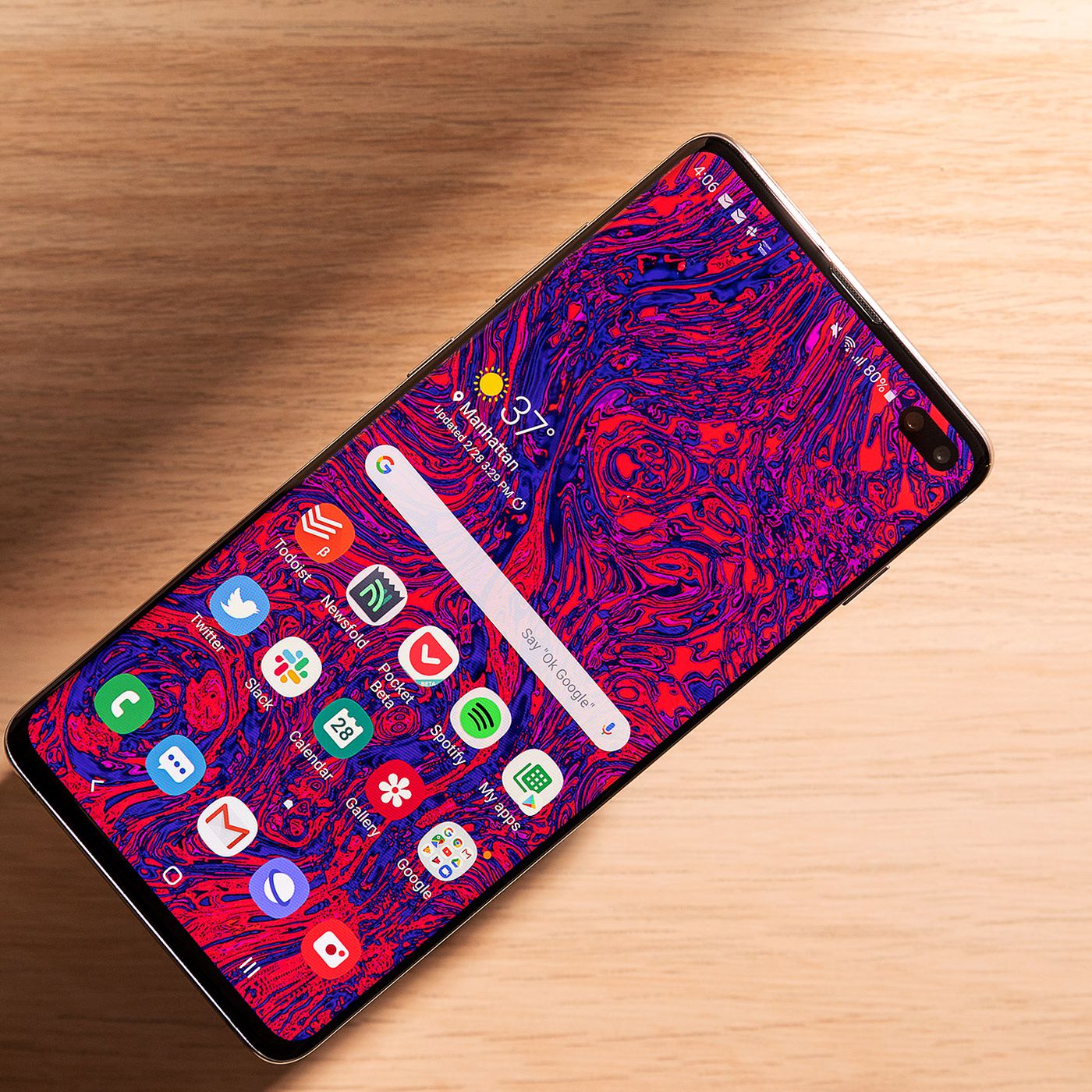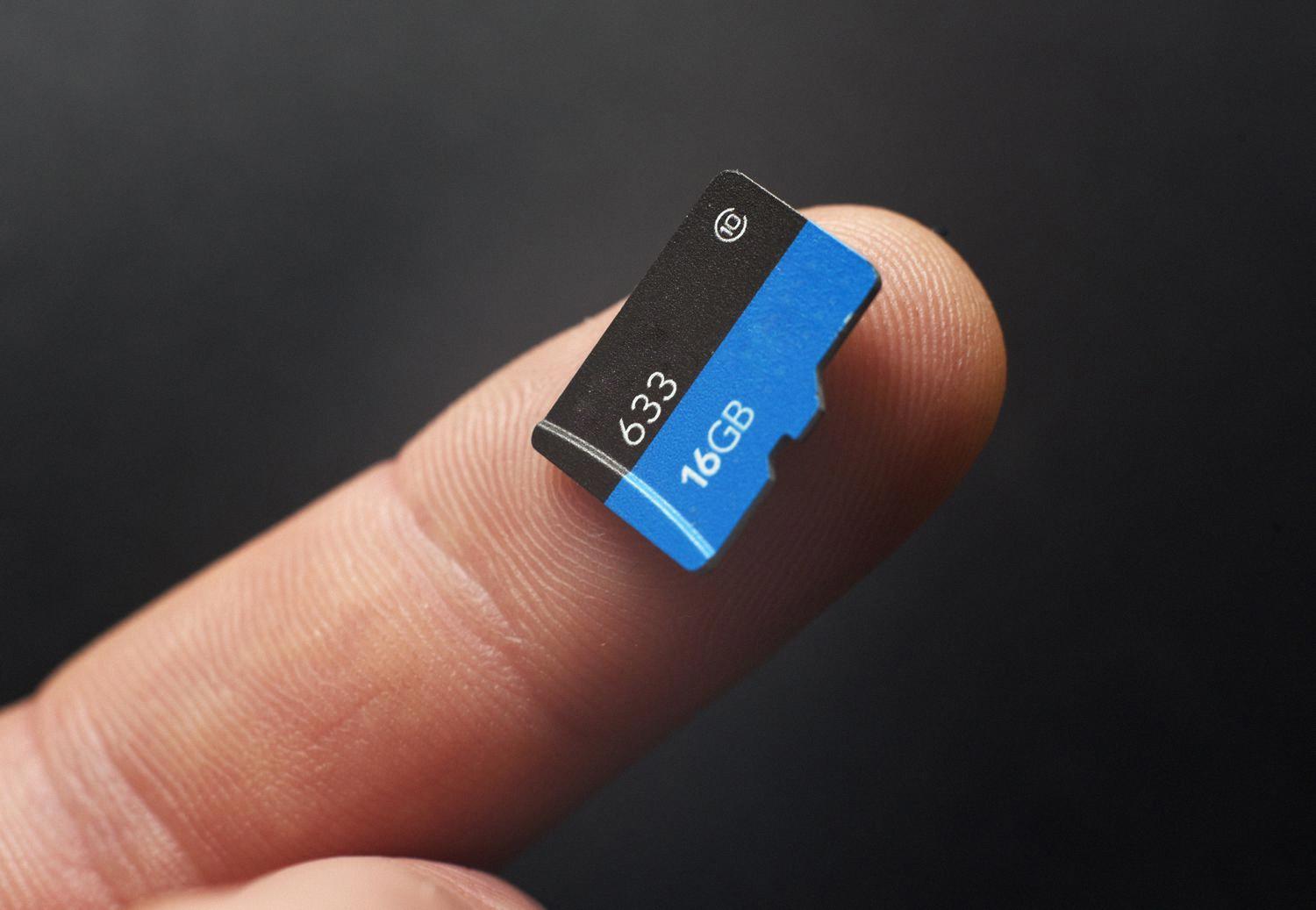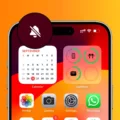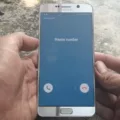The Samsung S10 is a powerful and popular smartphone that offers a host of features and capabilities. One of its key features is the ability to expand storage using an SD card. However, like any other electronic device, SD cards can sometimes become corrupted, leading to data loss and frustration. In this article, we will explore the causes of SD card corruption on the Samsung S10 and provide you with some effective solutions to fix the issue.
What Are the Causes of SD Card Corruption?
There are several reasons why an SD card may become corrupted on the Samsung S10. Some common causes include:
1. Improper removal: Removing the SD card from the device while it is still in use or transferring files can lead to corruption. Always ensure that you properly eject the card before removing it.
2. Malicious software: Viruses or malware can infect the SD card, causing the file system to become corrupt.
3. Physical damage: Dropping the phone or exposing the SD card to extreme temperatures or moisture can result in physical damage, leading to corruption.
4. Incompatible devices: Using the SD card on multiple devices that have different file systems can cause issues and lead to corruption.

What Are the Signs of SD Card Corruption?
When an SD card becomes corrupted on the Samsung S10, you may experience the following signs:
1. The device fails to recognize the SD card or displays an error message.
2. Files on the SD card become inaccessible or cannot be opened.
3. The device freezes or becomes slow when accessing files on the SD card.
Steps to Fix Corrupted SD Card on Samsung S10
If you are facing SD card corruption on your Samsung S10, here are some steps you can take to fix the issue:
1. Restart your device: Sometimes, a simple restart can resolve minor software issues. Turn off your phone, remove the SD card, and then restart the device. Once it has booted up, reinsert the SD card and check if the issue persists.
2. Use built-in tools: The Samsung S10 comes with a built-in tool called “Device Maintenance” that can help fix common issues. To access it, go to Settings > Device maintenance > Storage > More options > Storage settings. From there, you can select your SD card and choose the option to format it. Note that formatting will erase all data on the card, so make sure to back up your important files beforehand.
3. Run CHKDSK command: Connect your SD card to a computer and run the CHKDSK command to scan and repair any file system errors. To do this, open Command Prompt (on Windows) or Terminal (on Mac), type “chkdsk [drive letter]: /f” (replace [drive letter] with the letter assigned to your SD card), and press Enter. This process may take some time, so be patient.
4. Use data recovery software: If you have important files on the corrupted SD card that you don’t want to lose, you can try using data recovery software. There are various programs available online that can help you recover lost data from a corrupted SD card. Make sure to choose a reliable and reputable software and follow the instructions carefully.
How to Prevent SD Card Corruption on Your Samsung S10?
To prevent SD card corruption on your Samsung S10, follow these tips:
1. Always eject the SD card properly before removing it from the device.
2. Avoid using the same SD card on multiple devices with different file systems.
3. Handle the SD card with care and protect it from physical damage.
4. Regularly scan your SD card for viruses or malware.
By following these steps and taking preventive measures, you can effectively fix a corrupted SD card on your Samsung S10 and minimize the risk of future issues. Remember to always back up your important data to avoid permanent loss.

How Do You Fix a Corrupted SD Card on Your Samsung?
To fix a corrupted SD card on your Samsung device, follow these steps:
1. Open the Settings app on your Samsung device.
2. Look for and tap on the “Device maintenance” option. This may be located under the “Device care” or “Maintenance” section, depending on your device model and Android version.
3. Within the Device maintenance menu, locate and tap on the “Storage” option.
4. To access additional options, tap on the vertical ellipsis (three dots) icon usually found at the top-right corner of the screen.
5. From the drop-down menu, select “Storage settings.”
6. Locate and tap on your SD card from the list of storage options.
7. To begin fixing the corrupted SD card, choose the “Format” option. Please note that formatting the SD card will erase all data stored on it, so ensure you have a backup if needed.
8. Follow the on-screen prompts to confirm the formatting process. This may include selecting the file system type (FAT32 is commonly used for SD cards) and giving a name to the SD card if desired.
9. After confirming the format, your Samsung device will proceed to fix the corrupted SD card by reformatting it.
10. Once the formatting process is complete, your SD card should be free from corruption and ready for use again.
Remember, formatting the SD card will delete all data, so it’s crucial to have a backup if there are any important files stored on it. If the SD card still doesn’t work properly after formatting, it may be physically damaged and may require professional assistance or replacement.
Why Does Your Phone Keep Saying Your SD Card is Corrupted?
There are several reasons why your Android phone may be indicating that your SD card is corrupted. Here are some possible causes:
1. Physical damage: Physical damage to the SD card, such as scratches or bends, can lead to corruption. This can happen if the card is mishandled or dropped.
2. Improper ejection: Removing the SD card from your device while it is still in use, such as when a file is being accessed or transferred, can cause corruption. It is important to properly eject the SD card before removing it from your phone.
3. Incompatibility: Using the same SD card on multiple devices, especially if they have different file systems or operating systems, can lead to corruption. Each device may have its own specific formatting requirements for the SD card, and using it on different devices without reformatting can cause compatibility issues.
4. Virus or malware: SD cards can be infected with viruses or malware, just like any other storage device. If your SD card gets infected, it can lead to corruption and data loss.
5. File system errors: Over time, the file system on your SD card can develop errors, leading to corruption. This can happen due to improper usage, power outages, or software glitches.
6. Poor quality SD card: Using a low-quality or counterfeit SD card can increase the chances of corruption. It is important to purchase SD cards from reputable brands and vendors to ensure their reliability.
7. Full or nearly full storage: If your SD card is almost full or completely full, it can cause corruption. It is always recommended to keep a certain amount of free space on your SD card to avoid such issues.
8. Software or firmware issues: Sometimes, software or firmware bugs in your Android device can cause SD card corruption. Keeping your device’s software and firmware up to date can help prevent such issues.
9. Sudden power loss: If your device loses power while the SD card is being accessed or data is being written, it can result in corruption. This can happen if your phone’s battery dies or if there is a sudden power outage.
It is important to note that not all cases of SD card corruption are preventable. However, taking proper care of your SD card, using it with compatible devices, and regularly backing up your data can help minimize the risk of corruption and data loss.
What Causes SD Cards to Corrupt?
SD cards can become corrupted due to various factors. Some common causes of SD card corruption include:
1. Physical damage: Dropping or mishandling an SD card can lead to physical damage, such as bent or broken connectors. This can prevent the card from being properly recognized by devices and result in data corruption.
2. Power failure: Sudden power outages or power surges while the SD card is being read or written to can cause data corruption. It is important to safely eject the SD card from a device before disconnecting or turning off the power.
3. Virus or malware infection: Like any other storage device, SD cards are susceptible to viruses or malware. If an infected file is transferred to the SD card or if the card is connected to an infected device, it can lead to data corruption.
4. Improper formatting: Formatting an SD card on an incompatible device or using the wrong file system can corrupt the card. It is essential to format the card using the recommended file system (such as FAT32 or exFAT) and on a compatible device.
5. File system errors: Over time, file system errors can occur on an SD card, causing corruption. These errors can result from improper ejection, sudden power interruptions, or even software bugs. Regularly running disk checks and fixing file system errors can help prevent corruption.
6. Aging or worn-out card: SD cards have a limited lifespan as they are prone to wear and tear. With prolonged use, the card’s performance can degrade, leading to data corruption. It is advisable to replace SD cards periodically, especially if they are used extensively.
7. Incompatibility issues: Some SD cards may not be fully compatible with certain devices or operating systems. In such cases, attempting to use the card may result in corruption or errors. Always ensure that the SD card is compatible with the device before using it.
It is important to note that while these are common causes of SD card corruption, there can be other factors at play as well. To avoid data loss, it is recommended to regularly back up the contents of an SD card and handle it with care to minimize the risk of corruption.
Conclusion
If you are facing a corrupted SD card issue on your Samsung Galaxy S10, it is important to take immediate action to prevent further data loss. The most effective way to fix a corrupted SD card on your Samsung device is by using the CHKDSK command. This command can help identify and repair file system corruption errors and remove bad sectors on the SD card.
However, it is crucial to note that running CHKDSK can also result in data loss. Therefore, it is highly recommended to back up any important data from the SD card before attempting any repair methods. If you have already encountered signs of SD card corruption, such as your device failing to recognize the card, it is advisable to stop using the card and seek professional help if necessary.
Remember, prevention is always better than cure. To avoid future SD card corruption issues, make sure to handle your SD card with care, avoid removing it while files are being accessed or transferred, and consider formatting the card regularly to maintain its performance and integrity.
While it is possible to fix a corrupted SD card on your Samsung Galaxy S10, it is essential to proceed with caution and prioritize data backup to minimize the risk of permanent data loss.













